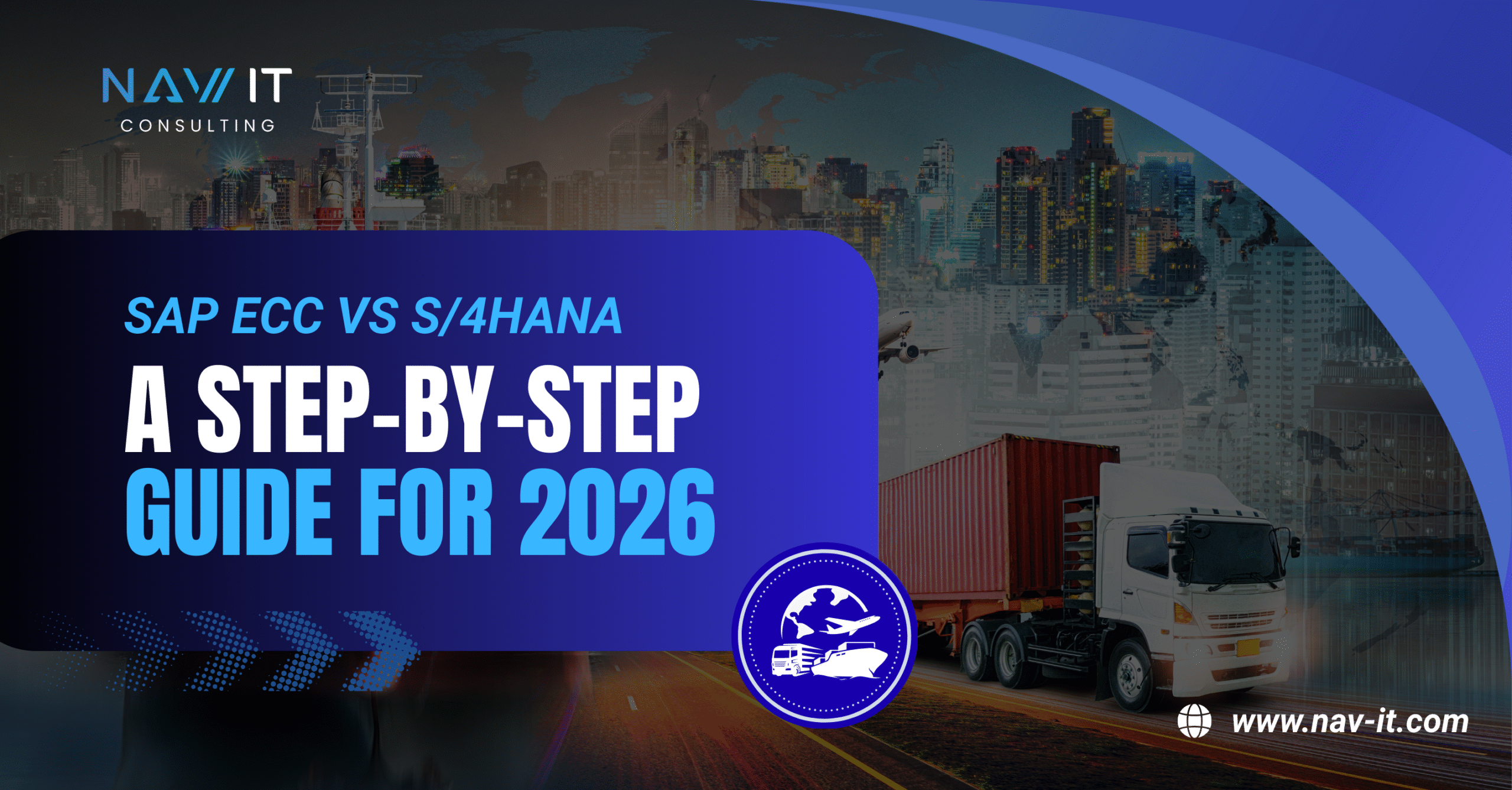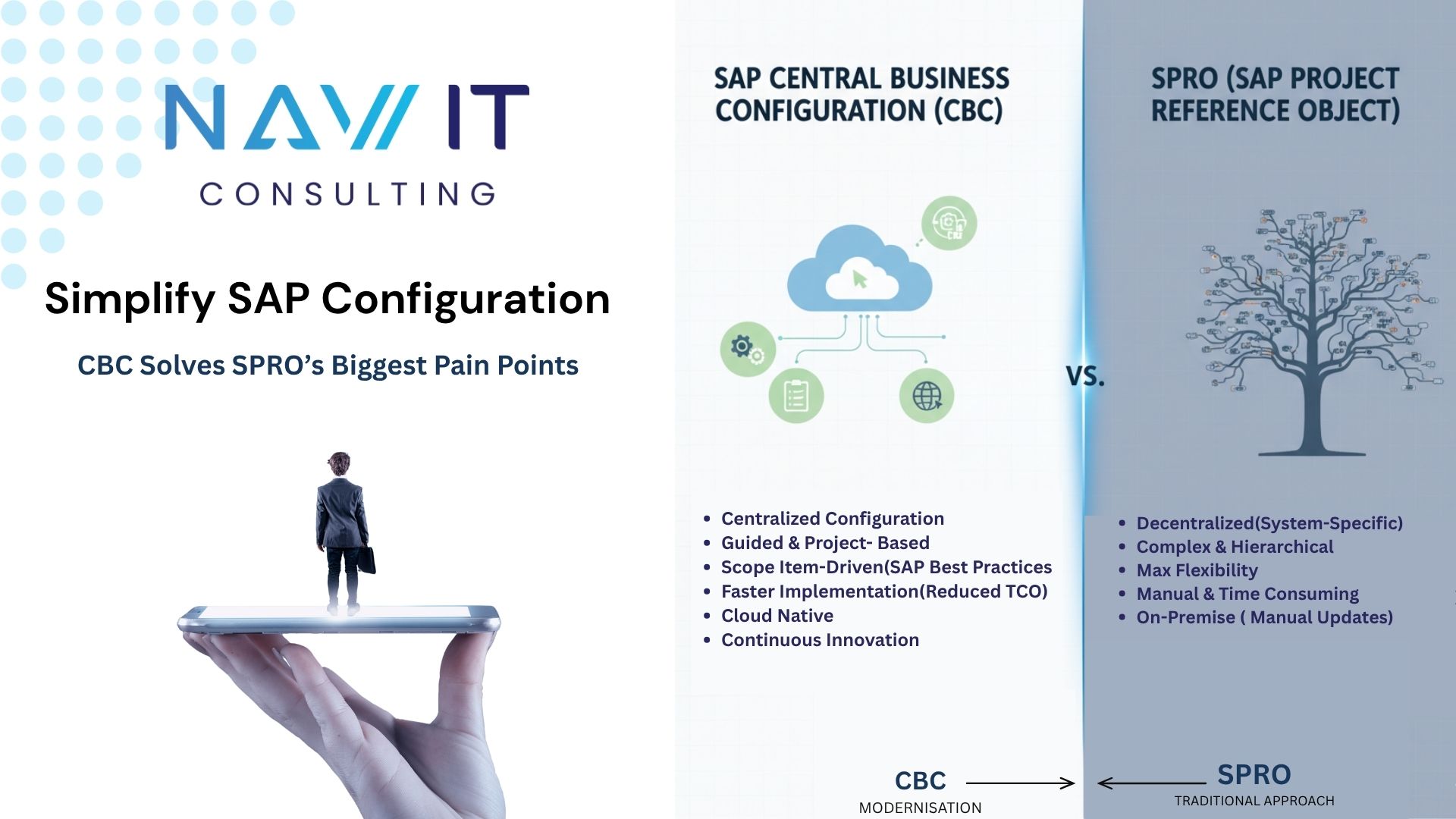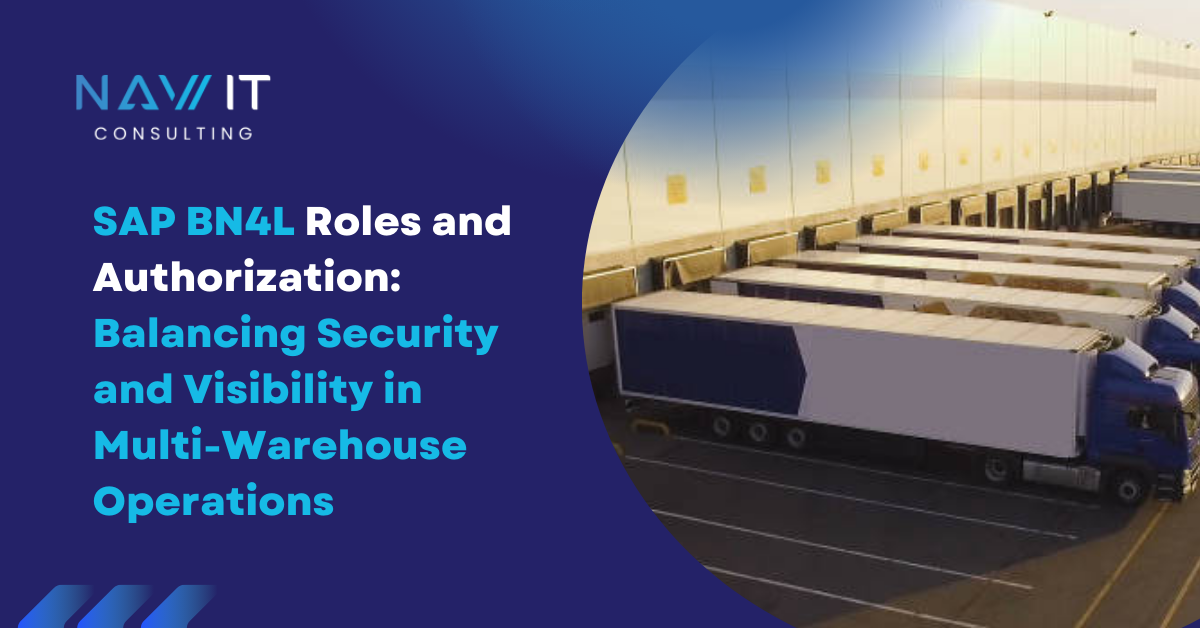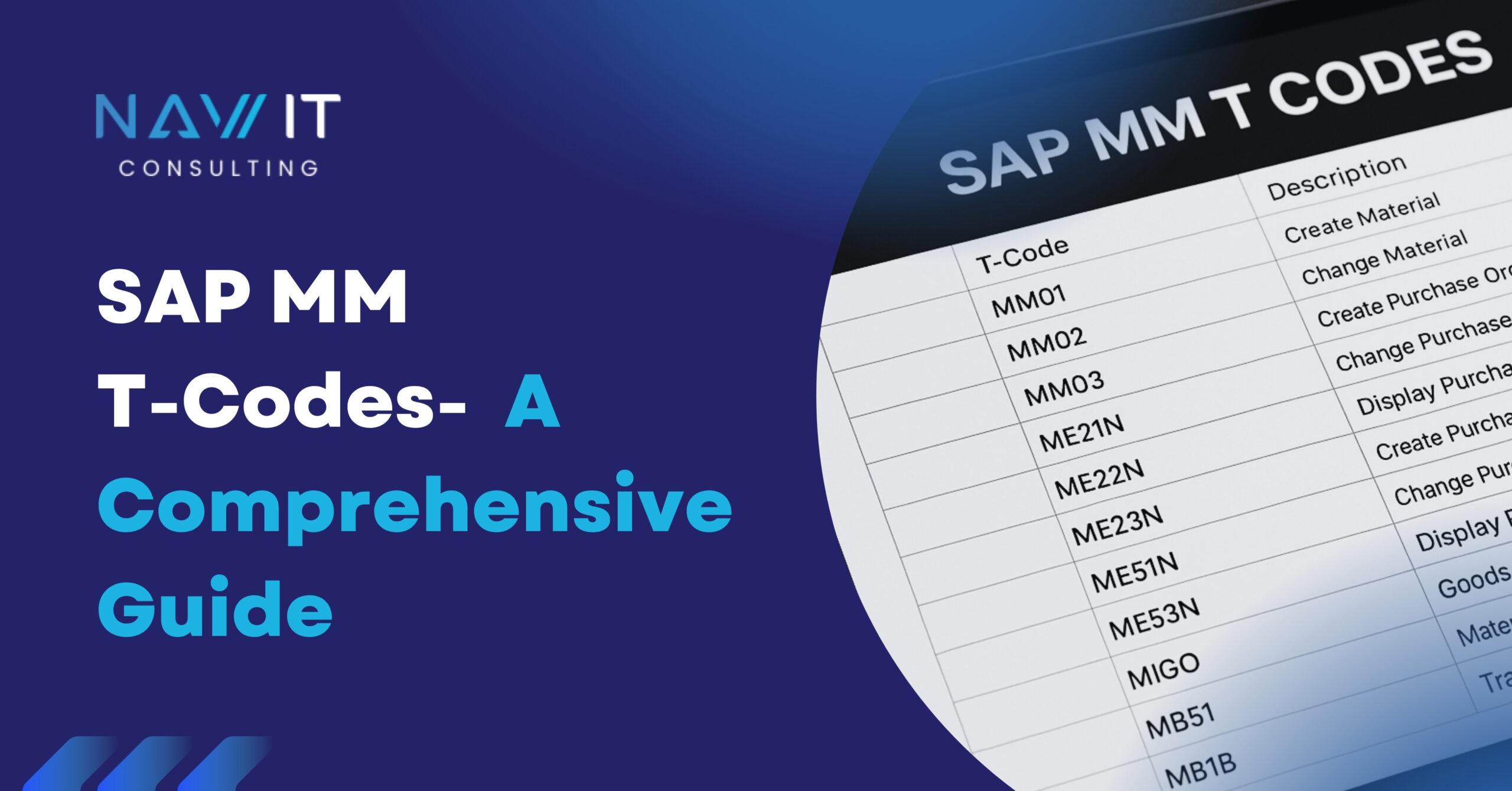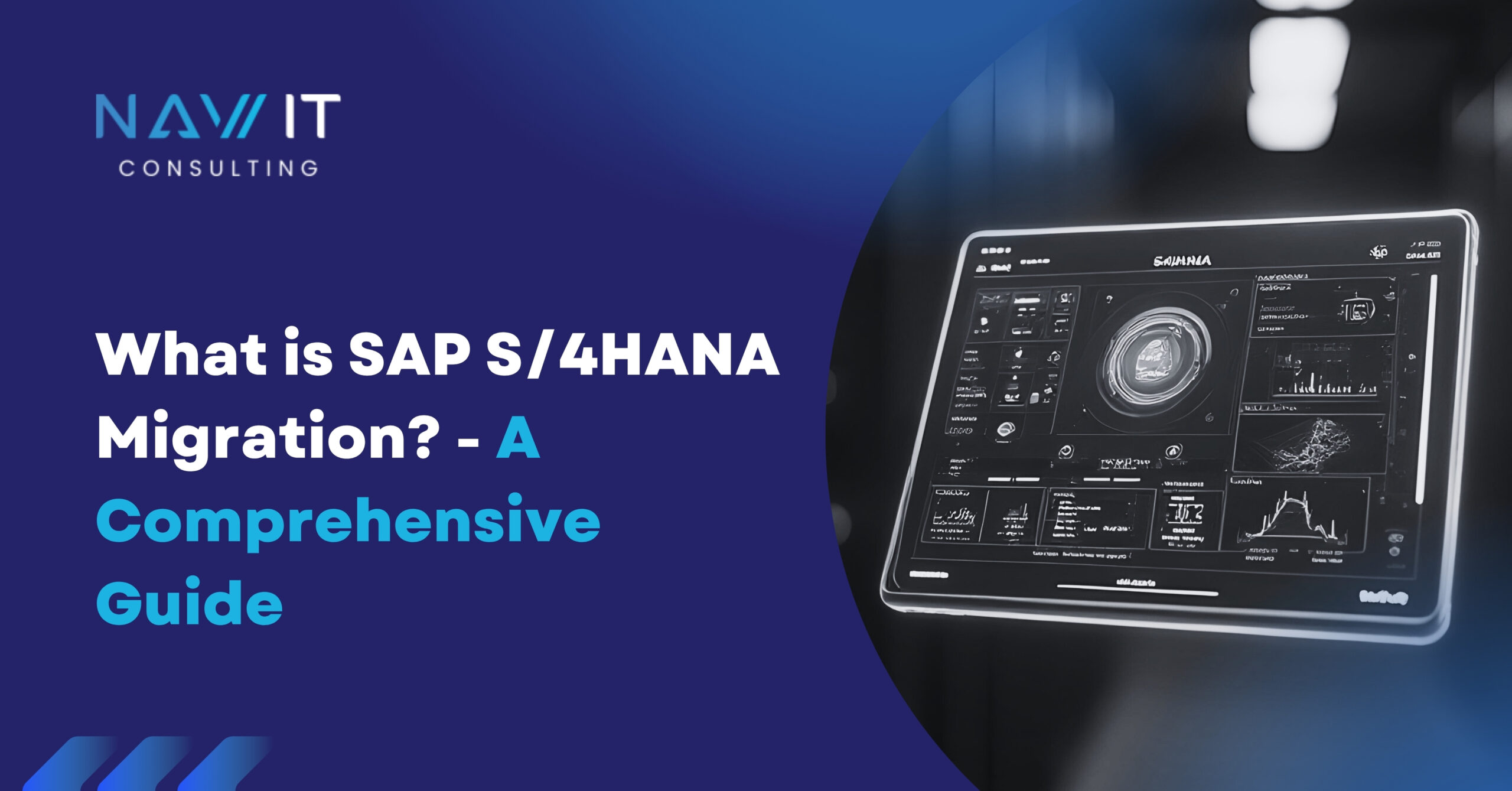Join our LinkedIn Network for updates, tips, professional growth and many more:
SAP Transportation Management (SAP TM) – Features, Benefits, and Implementation
In today’s globalized and highly competitive market, an efficient Transportation Management System (TMS) is critical for businesses to maintain a competitive edge. Managing transportation effectively involves ensuring timely delivery, optimizing costs, and maintaining high levels of customer satisfaction. SAP Transportation Management (SAP TM) is a comprehensive solution designed to address these challenges by optimizing logistics and transportation processes. This blog delves into the core features, benefits, and implementation strategies of SAP TM, providing a detailed overview for businesses looking to enhance their transportation management.
What is SAP Transportation Management (SAP TM)?
SAP Transportation Management (SAP TM) is an integrated solution within the SAP Supply Chain Management suite. It is designed to manage transportation processes across different modes of transport, such as road, rail, sea, and air. SAP TM helps businesses plan, execute, and optimize the physical movement of goods, ensuring efficiency and cost-effectiveness in the supply chain.
Core Features of SAP Transportation Management (SAP TM)
-
- Transportation Planning and Optimization
-
- Automated Planning: SAP TM automates transportation planning, whether for inbound or outbound logistics. This includes determining the best routes, scheduling, and load planning.
-
- Optimization Algorithms: Advanced algorithms help in minimizing transportation costs while maximizing efficiency. They consider factors like distance, delivery windows, and load capacities.
-
- Real-time Visibility: Provides real-time visibility into transportation plans, allowing for adjustments and proactive management.
-
- Transportation Planning and Optimization
-
- Freight Order Management
-
- Freight Order Creation: Facilitates the creation and management of freight orders, ensuring all necessary details are captured.
-
- Carrier Integration: Integration with carriers for booking, scheduling, and managing freight orders.
-
- Real-time Tracking: Enables real-time tracking of shipments, providing updates on the status and location of goods.
-
- Freight Order Management
-
- Carrier Selection and Management
-
- Automated Selection: Automates the selection of carriers based on predefined criteria such as cost, service level, and capacity.
-
- Contract Management: Manages carrier contracts and evaluates performance, ensuring compliance with agreed terms and service levels.
-
- Support for Multi-modal Transport: Supports different modes of transport including road, rail, sea, and air, providing flexibility in transportation options.
-
- Carrier Selection and Management
-
- Freight Costing and Settlement
-
- Cost Calculation: Calculates transportation costs based on various parameters like distance, weight, volume, and service level agreements.
-
- Financial Integration: Seamlessly integrates with financial systems for automated settlement and payment processes.
-
- Cost Analysis: Provides detailed analysis and reporting of transportation costs, enabling better financial control and decision-making.
-
- Freight Costing and Settlement
-
- Analytics and Reporting
-
- Comprehensive Reporting: Offers robust reporting tools to analyze transportation performance, identifying areas for improvement.
-
- Dashboards and KPIs: Provides real-time dashboards and key performance indicators (KPIs) for quick insights into transportation operations.
-
- Predictive Analytics: Uses predictive analytics to foresee potential issues and take preventive measures, enhancing overall reliability.
-
- Analytics and Reporting
-
- Collaboration Portal
-
- Unified Platform: A centralized platform for all stakeholders, including shippers, carriers, and customers, to collaborate.
-
- Document Exchange: Facilitates the exchange of important documents like shipping manifests, invoices, and compliance certificates.
-
- Enhanced Visibility: Improves visibility and transparency throughout the transportation process, fostering better collaboration and communication.
-
- Collaboration Portal
Benefits of Implementing SAP Transportation Management (SAP TM)
-
- Cost Efficiency
-
- Reduced Transportation Costs: Optimization of routes, load planning, and carrier selection significantly reduces transportation costs.
-
- Lower Administrative Costs: Automation of routine tasks reduces the need for manual intervention, lowering administrative costs.
-
- Cost Efficiency
-
- Improved Customer Service
-
- Enhanced Delivery Accuracy: Accurate planning and real-time tracking ensure timely deliveries, improving customer satisfaction.
-
- Proactive Communication: Real-time updates and proactive communication about shipment status enhance customer experience.
-
- Improved Customer Service
-
- Operational Efficiency
-
- Streamlined Processes: Automation and integration streamline transportation processes, reducing manual workload and errors.
-
- Resource Utilization: Better utilization of resources like vehicles and personnel, leading to increased efficiency and reduced lead times.
-
- Operational Efficiency
-
- Scalability
-
- Flexible Solutions: SAP TM is scalable and can grow with your business, accommodating increasing transportation needs.
-
- Suitable for All Sizes: Whether you are a small, medium, or large enterprise, SAP TM offers solutions tailored to your specific requirements.
-
- Scalability
-
- Compliance and Risk Management
-
- Regulatory Compliance: Ensures compliance with transportation regulations and standards, reducing the risk of penalties.
-
- Risk Mitigation: Comprehensive monitoring and reporting help in identifying and mitigating potential risks in the transportation process.
-
- Compliance and Risk Management
Implementation Strategies for SAP TM
-
- Assessment and Planning
-
- Current Process Assessment: Conduct a detailed assessment of current transportation processes to identify pain points and areas for improvement.
-
- Define Objectives: Clearly define the objectives and goals for implementing SAP TM, ensuring alignment with overall business strategy.
-
- Project Plan: Develop a detailed project plan with clear timelines, milestones, and responsibilities.
-
- Assessment and Planning
-
- Customization and Configuration
-
- Align with Business Needs: Customize SAP TM to meet specific business requirements, ensuring it supports unique processes and workflows.
-
- Integration Points: Configure integration points with other SAP modules (e.g., SAP ERP vs SAP S/4HANA) and third-party systems for seamless data flow.
-
- Data Migration: Ensure accurate and complete data migration from legacy systems to SAP TM, maintaining data integrity.
-
- Customization and Configuration
-
- Training and Change Management
-
- User Training: Provide comprehensive training for end-users and stakeholders to ensure they are proficient in using SAP TM.
-
- Change Management: Implement change management strategies to help employees adapt to new processes and systems.
-
- Continuous Improvement: Foster a culture of continuous improvement, encouraging feedback and making necessary adjustments.
-
- Training and Change Management
-
- Testing and Go-Live
-
- Rigorous Testing: Conduct thorough testing to ensure the system functions as expected and meets all requirements.
-
- Phased Go-Live: Consider a phased go-live approach to mitigate risks and ensure a smooth transition.
-
- Post-Go-Live Support: Provide ongoing support and monitoring after go-live to address any issues and ensure system stability.
-
- Testing and Go-Live
How NAV IT Consulting can help implement SAP TM
NAV IT Consulting can assist in implementing SAP Transportation Management (TM) through a comprehensive suite of services tailored to the unique need of each customer to optimize transportation processes and enhance supply chain efficiency. Here’s how it can help:
-
- End-to-End Implementation Support: NAV IT provides extensive support throughout the entire implementation process. This includes initial assessments, detailed planning, execution, and post-implementation support. It also helps in developing a tailored migration strategy, ensuring minimal disruption to ongoing operations.
-
- Expertise in SAP TM Functionalities: NAV IT’s team is well-versed in setting up and configuring various functionalities of SAP TM such as freight planning, execution, monitoring, and settlement. It assists businesses optimize transportation processes, reduce operating costs, and improve service levels by leveraging advanced analytics, real-time monitoring, and comprehensive reporting capabilities.
-
- Strategic Freight Procurement: NAV IT aids in implementing strategic freight procurement by using SAP TM’s advanced tools for carrier selection, contract negotiation, and compliance management. This ensures businesses get the best rates and terms while maintaining compliance and optimizing procurement processes.
-
- Migration from SAP LE-TRA to SAP TM: For companies using SAP LE-TRA, NAV IT facilitates a seamless migration to SAP S/4HANA Transportation Management. This transition includes thorough assessment, data migration, system configuration, user training, and post-migration support, enabling businesses to harness the full potential of SAP TM’s advanced capabilities.
-
- Group Logistics Support: NAV IT assists companies in managing group logistics scenarios, where transportation demands from various business units are consolidated. This leads to improved visibility, standardized processes, and better negotiation power for freight rates.
-
- Enhanced Integration with S/4HANA: Integrating SAP TM with S/4HANA brings additional advantages such as reduced total cost of ownership, better user experience, and streamlined data management. NAV IT’s expertise ensures that businesses can effectively utilize these integrated solutions for greater efficiency and control.
Overall, NAV IT’s comprehensive approach, from strategic planning to post-implementation support, ensures a smooth and effective implementation of SAP TM, allowing businesses to optimize their logistics and transportation operations comprehensively. To learn more about it, please visit NAV IT’s SAP Transportation Management Consulting Services
FAQs About SAP Transportation Management (SAP TM)
-
- What types of businesses can benefit from SAP TM?
SAP TM is beneficial for businesses of all sizes across various industries, including manufacturing, retail, logistics service providers, and more. It is especially valuable for companies with complex supply chains and high transportation needs.
- What types of businesses can benefit from SAP TM?
-
- How does SAP TM integrate with other SAP modules?
SAP TM integrates seamlessly with other SAP modules such as SAP ERP, SAP S/4HANA, and SAP Extended Warehouse Management (EWM), enabling comprehensive supply chain management and data consistency across the organization.
- How does SAP TM integrate with other SAP modules?
-
- What are the deployment options for SAP TM?
SAP TM can be deployed on-premise or in the cloud, offering flexibility to meet the specific needs and preferences of businesses.
- What are the deployment options for SAP TM?
-
- How does SAP TM enhance carrier collaboration?
SAP TM offers a collaboration portal where shippers and carriers can communicate, exchange documents, and share real-time updates, enhancing transparency and coordination.
- How does SAP TM enhance carrier collaboration?
-
- Can SAP TM handle multi-modal transportation?
Yes, SAP TM supports multi-modal transportation, allowing businesses to plan and manage transportation across different modes such as road, rail, sea, and air.
- Can SAP TM handle multi-modal transportation?
Conclusion
SAP Transportation Management (SAP TM) is a powerful tool for businesses seeking to optimize their transportation logistics and enhance overall supply chain efficiency. By leveraging its advanced features and benefits, companies can achieve significant cost savings, improve customer satisfaction, and streamline their operations. Whether you are a small business or a large enterprise, implementing SAP TM can provide a competitive edge in today’s dynamic market.
Join our LinkedIn Network for updates, tips, professional growth and many more:
